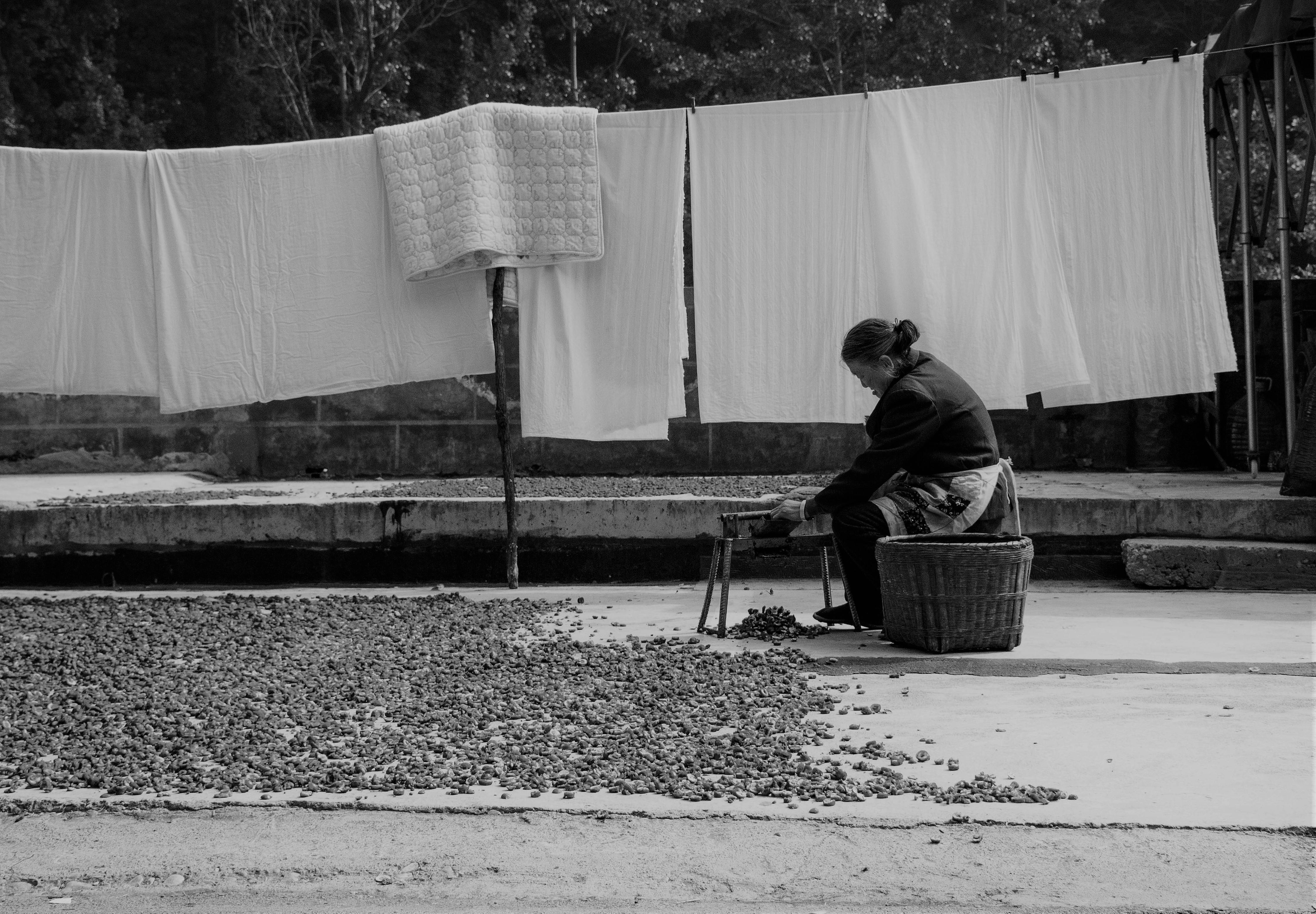Utah, known for its impressive landscapes and thriving economy, holds a unique set of copyright laws that businesses operating within the state must navigate with care. In this article, we will explore the intricacies of copyright laws in Utah, providing you with a comprehensive understanding of key principles such as originality, ownership, and infringement. By gaining insight into these crucial legal aspects, you will be equipped to protect your intellectual property and make informed decisions when it comes to copyrights in Utah. Whether you are an artist, filmmaker, or business owner, this article aims to provide you with valuable information that will empower you in the realm of intellectual property rights.
Exclusive Rights
Definition of Copyright
Copyright refers to the legal protection granted to the creators of original works, which allows them the exclusive right to reproduce, distribute, perform, display, and create derivative works based on their original creation. It is a form of intellectual property protection that safeguards the rights of creators by prohibiting others from using their work without their permission.
Types of Works Protected by Copyright
Copyright protection extends to various types of works, including literary works, such as books, articles, and poems; musical compositions and sound recordings; dramatic works, including plays and screenplays; artistic works, such as paintings, sculptures, and photographs; architectural designs; and computer software. These works can be protected as long as they meet the requirements of originality and fixation in a tangible medium.
Duration of Copyright Protection
Copyright protection generally lasts for the life of the author plus an additional 70 years. However, for works made for hire, anonymous works, or works created by corporate entities, the duration is 95 years from the date of publication or 120 years from the date of creation, whichever is shorter. After the expiration of copyright, the work enters the public domain and can be freely used by anyone.
Ownership and Registration
Copyright Ownership
The author or creator of a work is generally the initial owner of the copyright. However, there are instances where the ownership may be transferred to another party, such as in cases of work made for hire or through a written agreement. It is crucial to properly establish ownership, as it determines who holds the exclusive rights to control and exploit the copyrighted work.
Registration of Copyright
While copyright protection is automatic upon the creation of an original work, registering the copyright with the U.S. Copyright Office provides several benefits. Registration establishes a public record of the copyright claim and enables the copyright owner to bring a lawsuit for infringement. It also allows the registration to be used as evidence in court and provides the opportunity to seek statutory damages and attorney’s fees in case of successful litigation.

Infringement and Enforcement
Copyright Infringement
Copyright infringement occurs when someone violates the exclusive rights of the copyright owner by using, reproducing, or distributing the copyrighted work without permission. It is important to note that infringement can occur both intentionally and unintentionally, and even innocent infringement can lead to legal consequences. To establish infringement, the copyright owner must demonstrate ownership of a valid copyright and that the allegedly infringing work is substantially similar to the original work.
Remedies for Copyright Infringement
In cases of copyright infringement, the copyright owner has several remedies available. They may seek injunctive relief to stop the infringing activities, financial damages to compensate for the harm caused, and in some cases, they may be entitled to statutory damages, which are predetermined monetary awards established by law. Additionally, the copyright owner can opt for the impoundment or destruction of infringing copies and may even pursue criminal prosecution in certain situations.
Enforcement of Copyright Laws
The enforcement of copyright laws is crucial to protect the rights of creators and combat infringement. Copyright owners can take various steps to enforce their rights, such as sending cease and desist letters, filing civil lawsuits, and cooperating with copyright enforcement agencies and organizations. Legal action and enforcement efforts play a vital role in deterring infringement, ensuring fair compensation for creators, and preserving the integrity and value of copyrighted works.
Fair Use Doctrine
Understanding Fair Use
Fair use is a legal doctrine that allows limited use of copyrighted material without obtaining permission from the copyright owner, primarily for purposes such as criticism, comment, news reporting, teaching, scholarship, or research. Fair use is determined on a case-by-case basis, considering factors such as the purpose and character of the use, the nature of the copyrighted work, the amount and substantiality of the portion used, and the effect on the potential market for the original work.
Factors Considered in Fair Use Analysis
When applying the fair use doctrine, courts consider several factors to determine whether a particular use constitutes fair use. These factors include the purpose of the use, the nature of the copyrighted work, the amount and substantiality of the portion used, and the effect of the use on the potential market for the original work. The courts strive to strike a balance between protecting the rights of copyright holders and promoting freedom of expression and creativity.
Digital Millennium Copyright Act (DMCA)
Notice and Takedown Procedure
The Digital Millennium Copyright Act (DMCA) provides a framework for addressing online copyright infringement. It establishes a notice and takedown procedure, allowing copyright owners to request the removal of infringing content from websites and online platforms. Under the DMCA, copyright owners can submit a takedown notice to the service provider, which must then promptly remove the infringing material. The alleged infringer can respond with a counter-notice if they believe the removal was unwarranted.
Safe Harbor Provisions for Internet Service Providers
The DMCA also includes safe harbor provisions that protect internet service providers (ISPs) from being held liable for the infringing activities of their users. To qualify for safe harbor protection, ISPs must meet certain requirements, including implementing a designated agent to receive takedown notices, promptly removing infringing material upon notification, and adopting and implementing a policy to terminate users who are repeat infringers. Compliance with these provisions is essential for ISPs to avoid liability for copyright infringement committed by their users.
Derivative Works and Adaptations
Creating Derivative Works
Derivative works are created when someone takes an existing copyrighted work and transforms it into a new work with additional creativity or expression. Examples of derivative works include translations, adaptations, sequels, or new arrangements. Creating derivative works requires obtaining permission from the copyright owner of the original work, as the copyright in the original work extends to the derivative work. Without proper authorization, creating derivative works can lead to claims of copyright infringement.
Licensing and Permissions
To legally use copyrighted works or create derivative works, individuals and organizations can seek licenses or permissions from the copyright owner. Licensing agreements establish the terms and conditions under which the copyrighted work can be used, while permissions allow specific uses on a case-by-case basis. Obtaining proper licensing and permissions ensures compliance with copyright laws, prevents infringement claims, and promotes the lawful use and exploitation of copyrighted material.

Public Performance and Display
Understanding Public Performance
Public performance refers to the act of performing, displaying, or transmitting a copyrighted work to a public audience, whether in person or through media such as television, radio, or the internet. Public performance rights are exclusive to the copyright owner and require obtaining permission or an appropriate license. Performances in venues like theaters, concert halls, and stadiums, as well as broadcasting or streaming copyrighted content, all fall under public performance.
Public Display of Copyrighted Works
Public display involves showcasing a copyrighted work in a public setting or making it available for view. It encompasses displaying works of visual art, exhibiting photographs, showing films or videos, and exhibiting digital content on websites or other platforms accessible to the public. Similar to public performance, public display rights are exclusive to the copyright owner and require proper authorization to avoid infringement.
Work for Hire
Definition of Work for Hire
A work for hire refers to a creation made by an employee within the scope of their employment, where the employer becomes the legal owner of the copyright. In such cases, the employer is considered the author of the work, rather than the individual employee. Work for hire arrangements are common in employment contracts, particularly in industries where the creation of copyrighted materials is a core aspect of the job.
Ownership Rights in Work for Hire
In work for hire situations, the employer or entity hiring the employee automatically owns the copyrights in the work, unless a written agreement specifies otherwise. It is crucial for employers to clearly define the scope of the work for hire arrangement and include appropriate clauses in employment contracts to ensure the transfer of ownership. Proper documentation and understanding of work for hire rules are essential to avoid disputes over ownership rights.

International Copyright Protection
Protection of Foreign Works in Utah
Utah, like other states within the United States, provides protection for foreign works through adherence to international copyright treaties and conventions. Copyright protection in Utah extends to works created by foreign authors as long as they meet the criteria outlined in U.S. copyright law. This includes works first published in a foreign country or unpublished works by foreign authors, provided they qualify for protection under the Berne Convention or other applicable agreements.
International Treaties and Conventions
To ensure worldwide protection of intellectual property, numerous international treaties and conventions have been established. The most notable of these is the Berne Convention for the Protection of Literary and Artistic Works, which sets minimum standards for copyright protection among its member countries. Other agreements, such as the WIPO Copyright Treaty and the TRIPS Agreement, further strengthen copyright protections by harmonizing laws and fostering cooperation among nations.
Copyright Infringement Defenses
Fair Use Defense
One of the primary defenses against allegations of copyright infringement is the fair use doctrine. Fair use provides a limited exception to copyright laws, allowing for the use of copyrighted material without the copyright owner’s permission under certain circumstances, such as for criticism, comment, news reporting, teaching, scholarship, or research. To successfully assert a fair use defense, the use must meet the criteria established by courts, considering factors such as the purpose, nature, amount, and effect of the use.
Independent Creation Defense
The independent creation defense asserts that the alleged infringer created their work independently, without copying from the copyrighted work. To invoke this defense, the accused party must provide evidence demonstrating that their work was independently created and not derived from the copyrighted work. However, mere similarity between the works does not necessarily invalidate a claim of infringement, as independent creation can still occur even if the works share common traits.
Lack of Originality Defense
The lack of originality defense contends that the copyright owner’s work lacks the required level of creativity or originality to be eligible for copyright protection. To succeed with this defense, the accused party would need to demonstrate that the allegedly infringed work lacks a sufficient amount of expression or that it derives from common stock elements found in similar works. This defense is often used in cases where the copyright owner’s work is considered to be unoriginal or derived from existing public domain material.
Frequently Asked Questions
1. How can registering my copyright benefit me as a creator?
Registering your copyright offers several advantages. It establishes a public record of your copyright claim, making it easier to prove ownership in case of infringement. It also allows you to bring a lawsuit for infringement and seek statutory damages and attorney’s fees. Additionally, registration enables your work to be used as evidence in court and strengthens your position in licensing negotiations.
2. Are all works eligible for copyright protection?
No, not all works are eligible for copyright protection. To be eligible, a work must meet the requirements of originality, meaning it must be independently created and possess a minimal level of creativity. Additionally, the work must be fixed in a tangible medium, such as a book, painting, or digital file.
3. Can I use copyrighted material if I give proper credit?
Giving proper credit to the copyright owner does not automatically grant permission to use copyrighted material. While attribution is important, it does not absolve you from obtaining explicit permission to use or reproduce the copyrighted work. Fair use may provide limited exceptions, but it is a complex legal doctrine that requires careful analysis of specific circumstances.
4. Can I copyright my ideas?
Copyright protection does not extend to ideas, concepts, or facts. It only covers the expression of those ideas in tangible forms, such as written works, artistic creations, or audiovisual recordings. However, other forms of intellectual property protection, such as patents or trademarks, may be available for certain types of ideas or inventions.
5. What is the difference between copyright infringement and fair use?
Copyright infringement occurs when someone uses, reproduces, or distributes copyrighted material without permission, violating the exclusive rights of the copyright owner. Fair use, on the other hand, is a legal defense that allows limited use of copyrighted material without permission under certain circumstances, such as for purposes of criticism, comment, news reporting, teaching, scholarship, or research. Fair use is determined on a case-by-case basis, considering factors such as the purpose, nature, amount, and effect of the use.